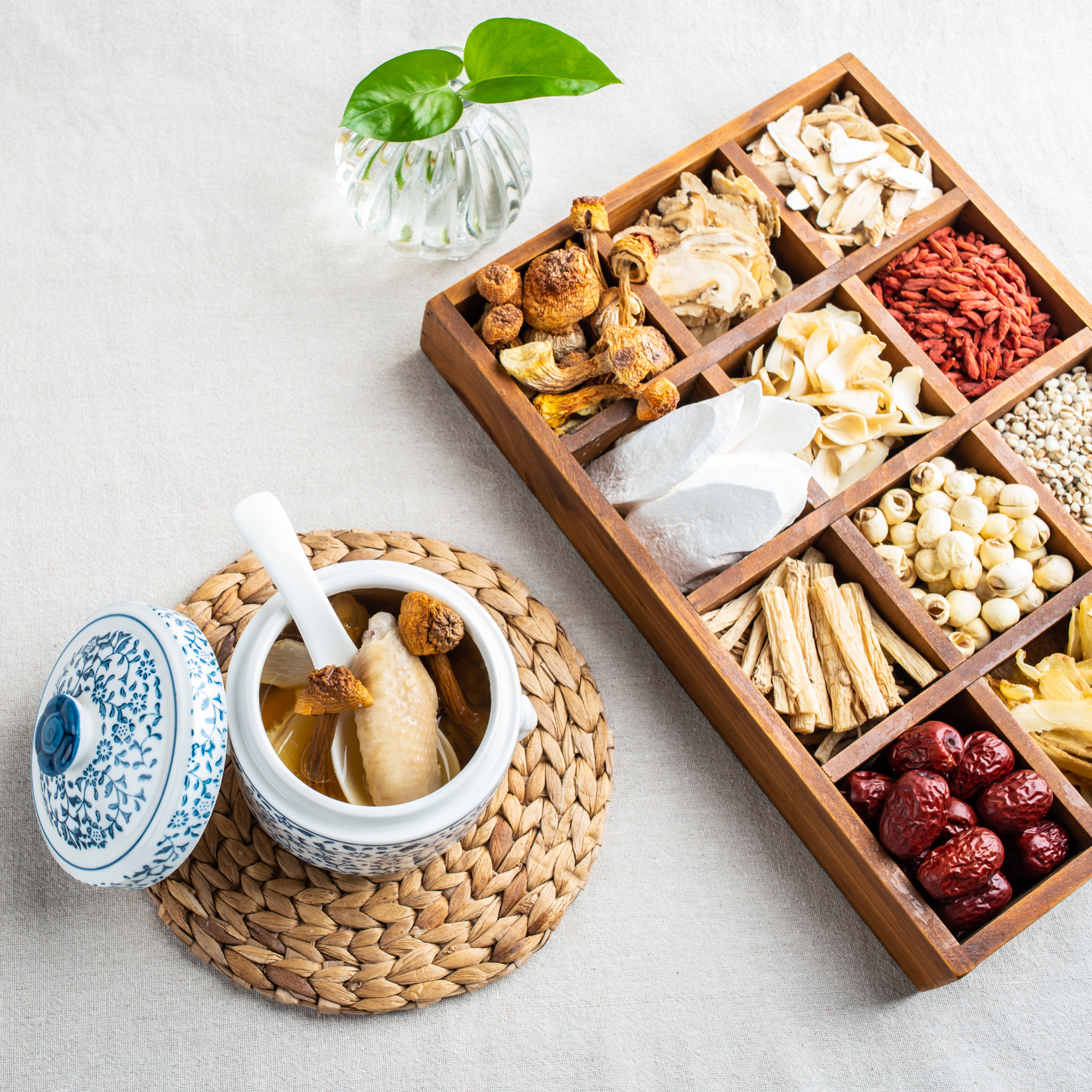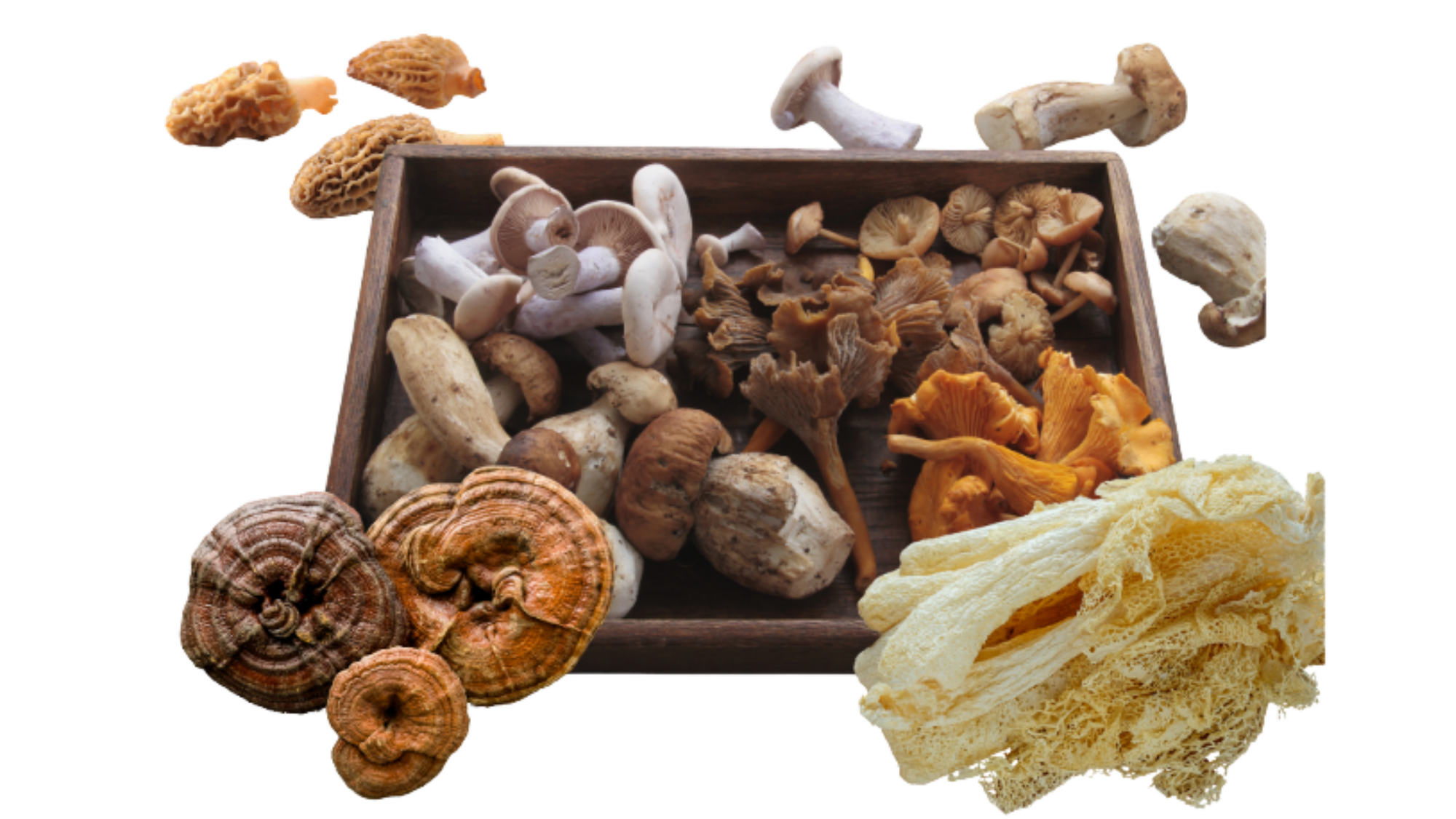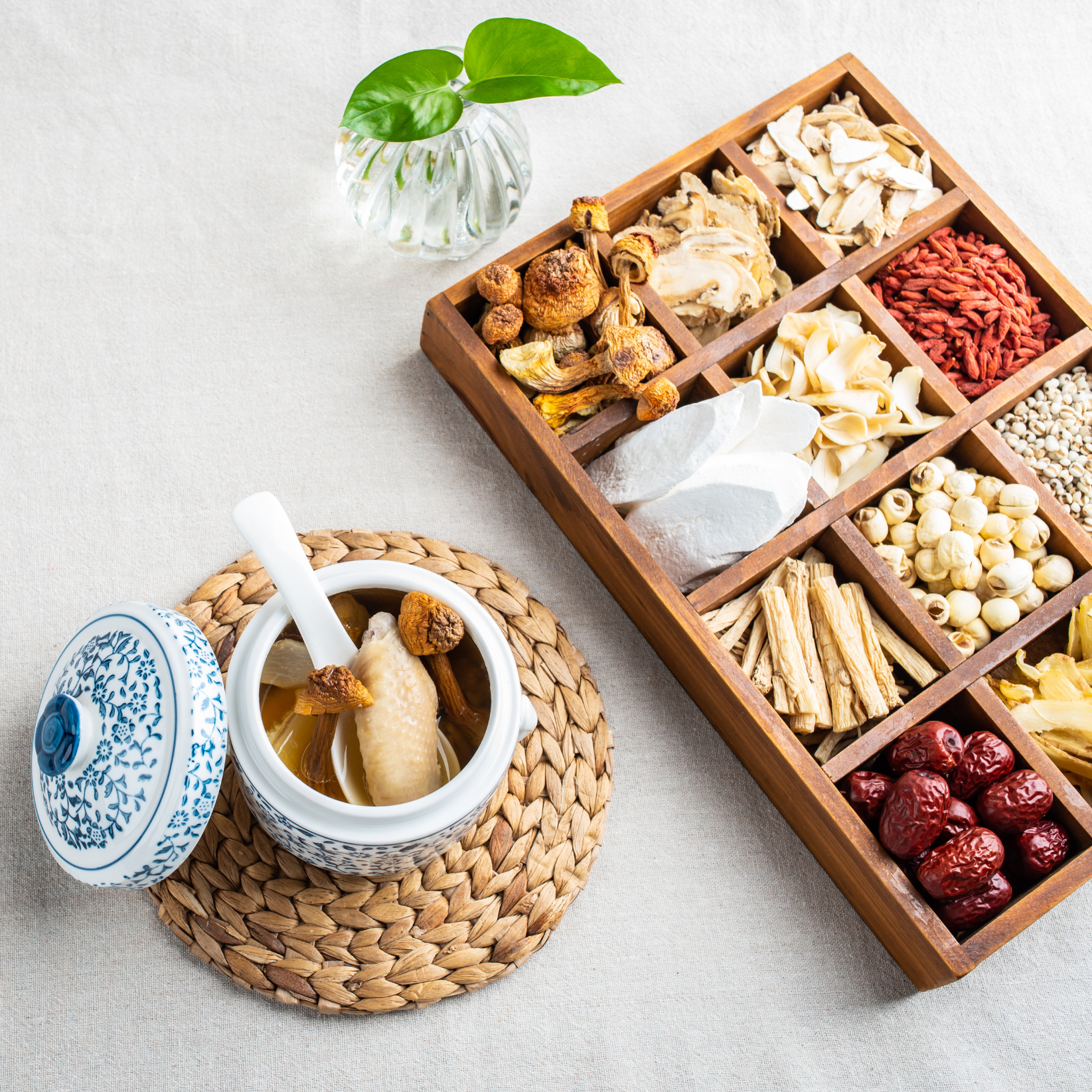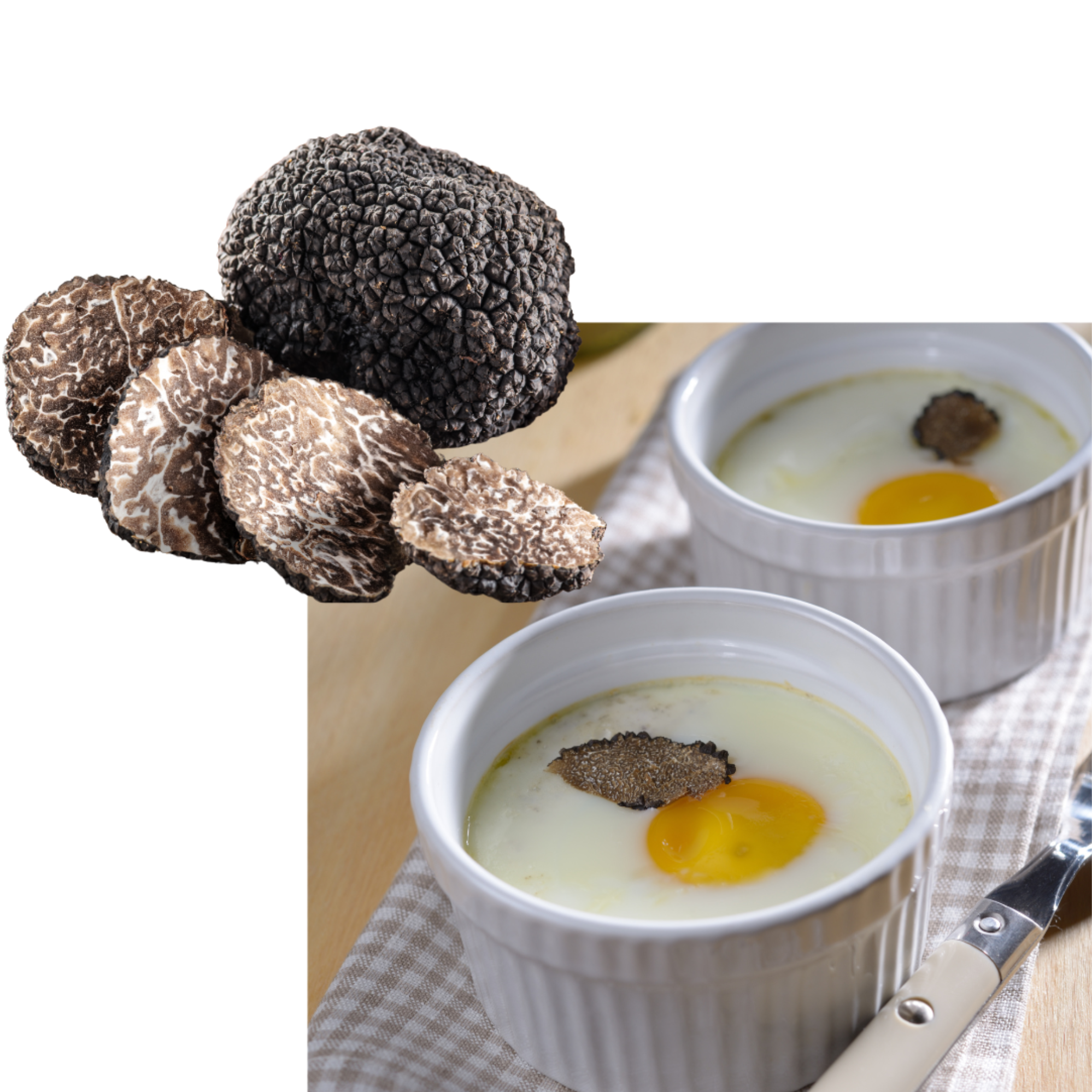Mushrooms: The timeless spirits of the wild

Beneath damp pine needles and on decaying tree trunks, clusters of mushrooms bloom in silence. These enigmatic gifts of nature have graced Chinese tables as the most poetic delicacy for millennia. From the Lüshi Chunqiu (3rd century BCE) noting "the finest flavors lie in the fungi of Yueluo" to Song Dynasty scholar Lin Hong’s praise in Shanjia Qinggong: "No delicacy from land or sea rivals the humble mushroom," these forest spirits have woven themselves into the tapestry of Chinese culinary culture. Ancient Chinese revered them as "essence condensed from heaven and earth," marveling at their ability to thrive without sunlight in shadowy, damp corners, a phenomenon that inspired both awe and philosophical reflection. Ming Dynasty pharmacologist Li Shizhen documented dozens of mushroom species in Bencao Gangmu, laying the groundwork for mycology, while modern science now demystifies their growth: Yunnan’s cultivated Périgord truffles rival French counterparts, Sichuan pioneers white truffle cultivation, and Northeast China masters semi-domestication of prized matsutake.

In Chinese tradition, mushrooms are living calendars. Morels unfurl their honeycombed caps after Qingming rains; termitomyces mushrooms emerge with cicada songs at Dragon Boat Festival; matsutake perfumes the air over Yunnan’s plateaus during Mid-Autumn moonrises. This harmony with nature’s cycles is celebrated in folk rituals: At Yunnan’s annual Junzi Festival, mushroom foragers sing: "July for fungi, August for pheasants, September matsutake floods the hills," transforming seasonal rhythms into edible poetry. On the dining table, they inspire culinary minimalism and creativity alike. In Yunnan, matsutake grilled with a pinch of sea salt captures primal umami; Northeast China’s oak mushrooms slow-cooked with free-range chicken evoke winter hearths; Jiangnan’s shiitakes stir-fried with greens embody Confucian simplicity. As Song poet Su Shi wrote in Ode to Vegetable Soup: "True flavor needs no sauce"—a philosophy embodied in mushroom cookery.

Beyond the palate, mushrooms ignite artistic imagination. Qi Baishi’s ink paintings immortalized lingzhi and shiitakes in crimson and ebony; writer Wang Zengqi likened emerald-capped Qingtoujun mushrooms to "embroidery threads on silk"; even Dream of the Red Chamber’s aristocratic feasts featured "pheasant broth with wild mushrooms." Today’s chefs reimagine traditions: Sichuan’s "Numbing Porcini" marries boletus with Sichuan peppercorns; Shanghai’s "Matsutake Braised Pork" elevates a classic with forest luxury; Cantonese "Morel and Fish Maw Consommé" blends land and sea. Dried mushroom soaking liquid, cherished as "liquid gold," now stars in modern kitchens as a natural flavor enhancer.

Mushroom culture thrives in regional festivities. At Changbai Mountain’s "Wild Mushroom Hunt," contestants race to identify 20 species in 30 minutes; Dali’s Bai ethnic group crafts "Mushroom Banquets" where termitomyces blossoms and matsutake "cups" become edible art; Zhejiang’s celadon artisans mold tea sets mimicking phallus indusiatus’ lacy veils—a fusion of mycological beauty and craftsmanship. From Qing gourmet Yuan Mei’s insistence on using "mountain-fresh mushrooms" in his Suiyuan Shidan recipes to Beijing’s Michelin-starred "Truffle Xiaolongbao" and "Morel Bisque", mushrooms transcend borders. Nutrition science now validates ancient wisdom: Rich in polysaccharides, vitamin D, and amino acids, mushrooms boost immunity and grace vegan menus worldwide as meat alternatives—think portobello burgers and risottos.

From misty forests to global plates, from antiquity to avant-garde kitchens, mushrooms whisper tales of nature’s alchemy. They are time travelers, cultural ambassadors, and culinary revolutionaries. In their delicate caps and earthy aromas, we taste not just umami, but the boundless possibilities of human creativity—a legacy as enduring as the forests themselves.